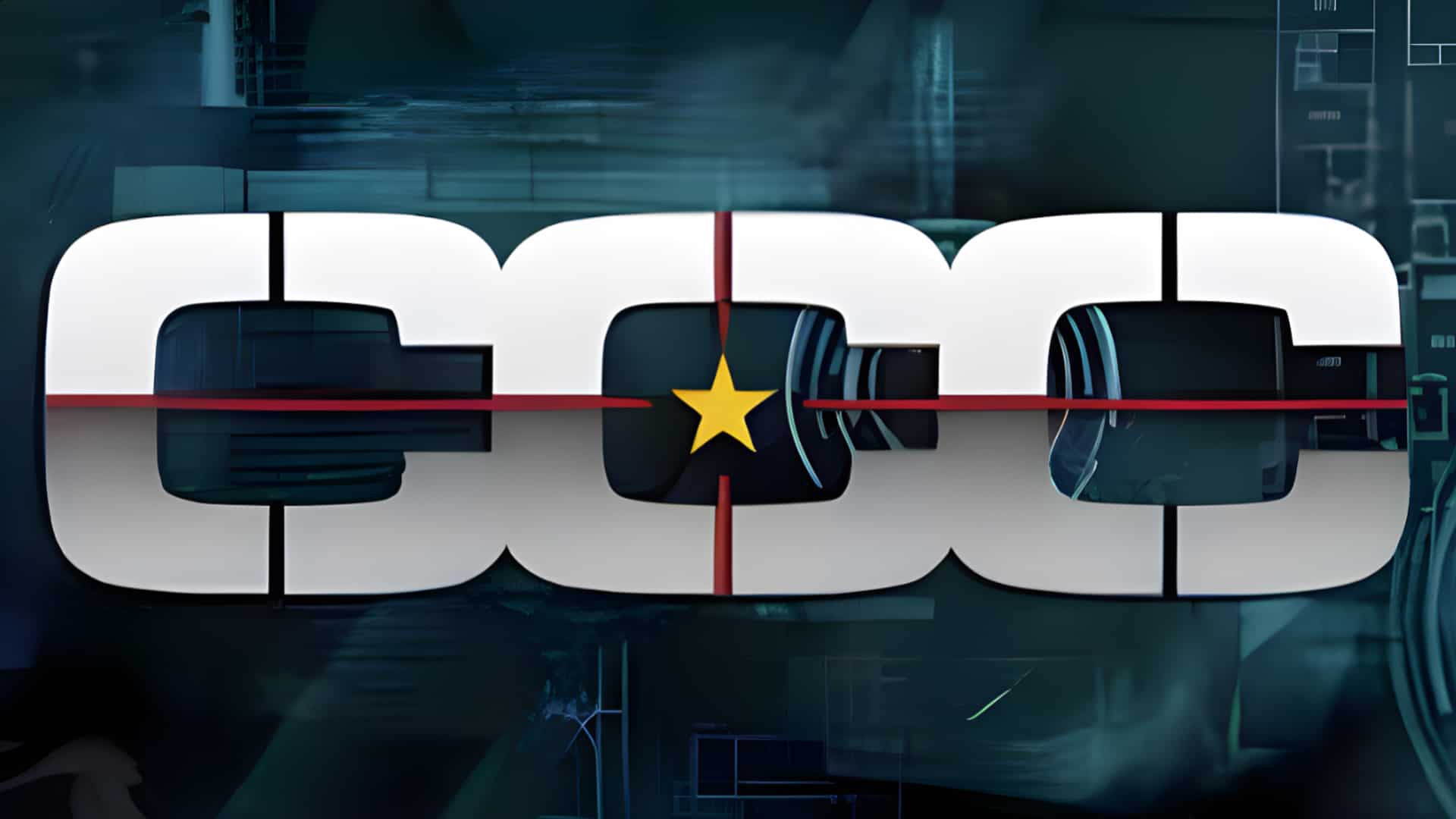Bellow I'm going to describe the ending, and what waits for players who reach the center of the galaxy. If you wish to reach it and see it for yourself stop reading, otherwise I'm going to spoil this for you like Game Of Thrones was spoiled for me. Point being: You will be sad.
…
Are you still with me?
…
Great, let's talk about the ending. Obviously, SPOILERS FOLLOW.
Upon reaching the center of the galaxy you'll be shown a cinematic view of the universe as the view travels light years back away from the focal point of the universe. You awaken on a new planet, with a broken ship in an unidentified galaxy, just as you did when the game began. You start from the beginning, just as other travelers will be doing for the first time. Born into a galaxy with more questions than answers.
So what does this all mean?
This game is a commentary on all games, as well as the Simulation Theory, which states that all of us are indeed existing within a simulation, created by some life form we could not possibly understand. Let me explain.
First, let's talk about your interactions with Atlas. The traveler refers to the Atlas as the creator of the universe, specifically stating that they are "…jaded intellects, enslaved to their actuality as I am to mine" which essentially refers to the Atlas as the creator of this universe. Other than the way Nada and Polo refer to Atlas and you, there isn't much else to go on. This is one of the few pieces of information available to the player.
Speaking of Nada and Polo, these are two aliens (Korvax and Gek) that have transcended language barriers and travel in a "space anomaly" which itself means that it otherwise would not exist within this galaxy(and Universe) without Nada and Polo having traveled there with intention. When you encounter Nada for the first time, you are greeted with a response that reads: "Creator of simulation friend or foe? Paranoia imperative. Galaxy purely casual, individualism statistical anomaly." This clearly references the galaxy as a simulation, and itself as an individual a statistical anomaly and error of code. They are also the way in which you access Black Holes, and their ability to create these only confirms that they have the ability to manipulate the code. This, in turn, references black holes in our own universe as a ripple in the code that makes up us.
The last line of dialogue the Travel utters upon reaching the center of the galaxy is as follows: "A new star has been created at the edge of the Galaxy. A new traveler will awaken there. I'm released, free to explore now. I can see the fabric of space, this simulation, and black holes within it. Perhaps I'll find answers there." Another reference to the understanding of the Traveler that they exist within a simulation, and the lack of understanding both they and we, as a species, have of the universe.
Now that I have described the ending of the game, spoiled and soiled it, I'll talk about the simulation theory as a concept. It's a concept originally published by Hans Moravec and later expanded upon by philosopher Nick Bostrom. The theorem states that one of these possibilities is very likely to be true:
1. Human civilization is unlikely to reach a level of technilogical maturity capable of producing simulated realities, or such simulations are physically impossible to construct.
2. A comparable civilization reaching aforementioned technological status will likely not produce a significant number of simulated realities (one that might push the probable existence of digital entities beyond the probable number of "real" entities in a Universe) for any of a number of reasons, such as, diversion of computational processing power for other tasks, ethical considerations of holding entities captive in simulated realities, etc.
3. Any entities with our general set of experiences are almost certainly living in a simulation.
(Thank you Wikipedia)
The proposition is that given advanced enough technology, a complete representation of our reality could potentially be created. (No Man's Sky serving as the theoretical first step). It also proposes that given a situation wherein the sufficient technology also replicated the known physics of our universe and that it could also create a simulated consciousness that fully represents reality, the simulated reality would be indistinguishable from, well, reality.
Bellow is a link to a video from the American Museum of Natural History YouTube channel, where scientists far smarter than I explain this, and the basis for it in depth. Hosted by the one true star traveler, Neil Degrasse Tyson. I'm actually watching this right now.
